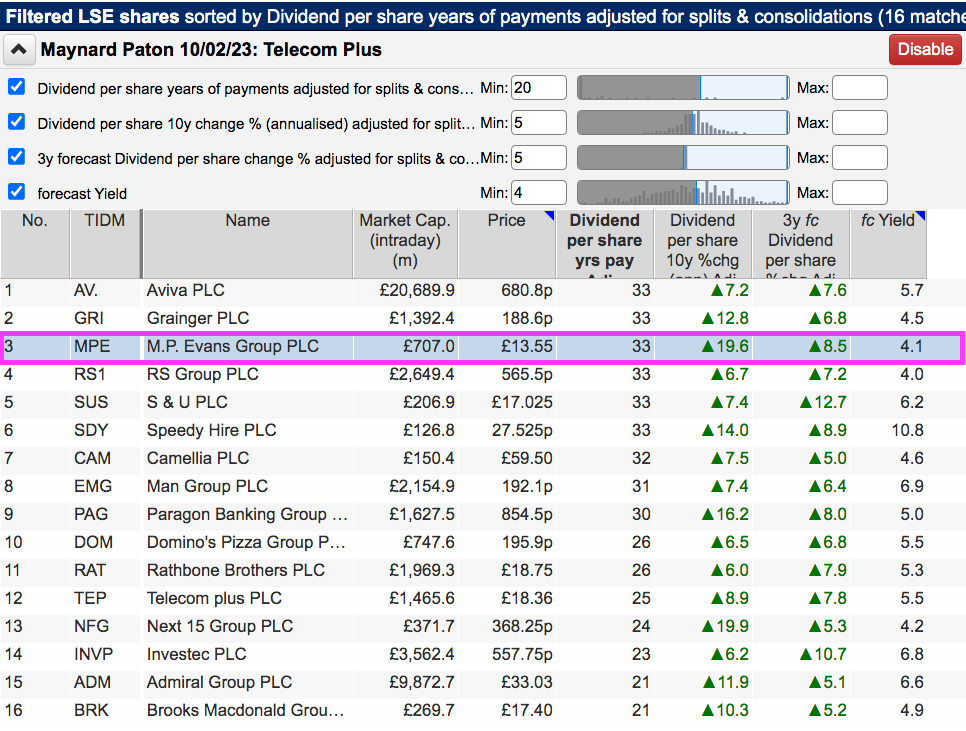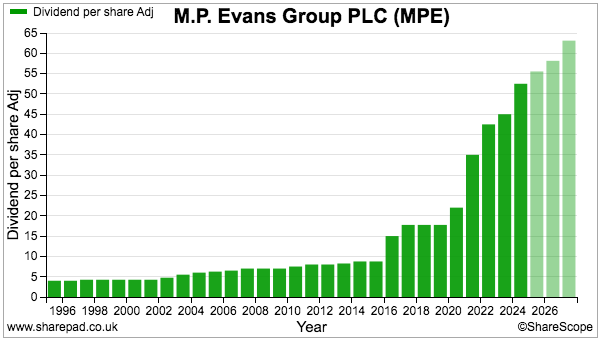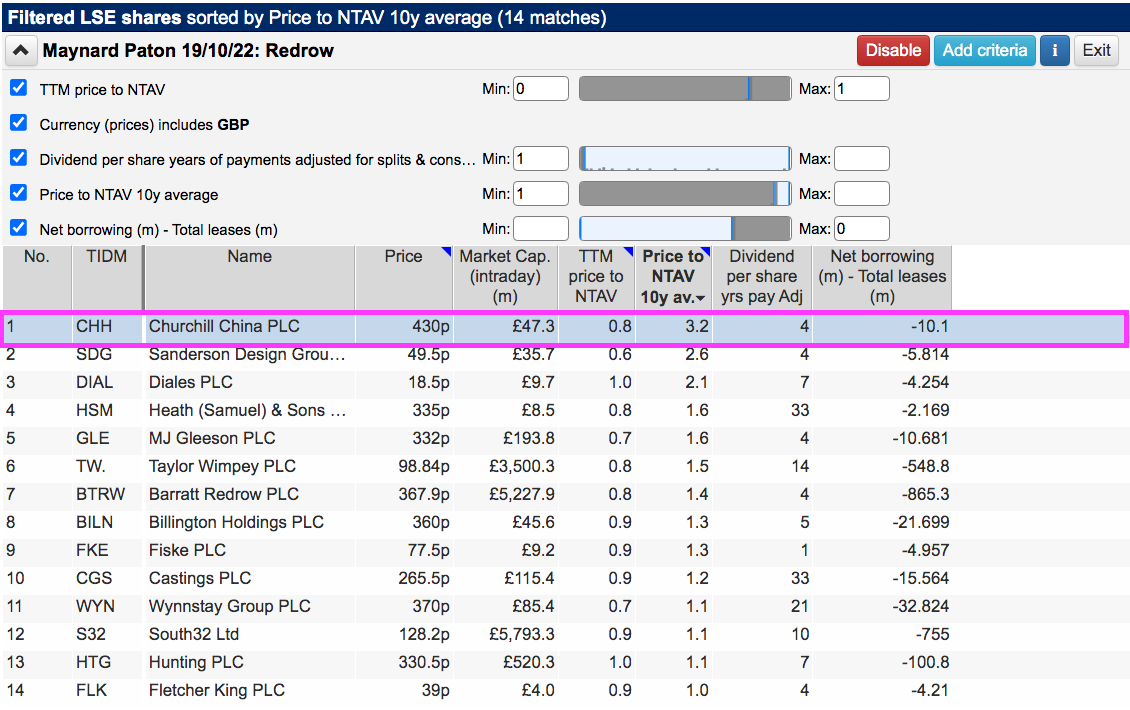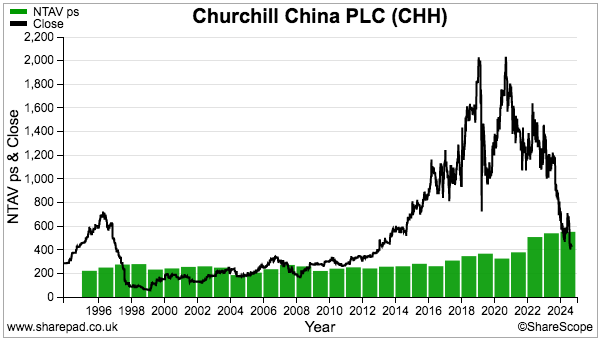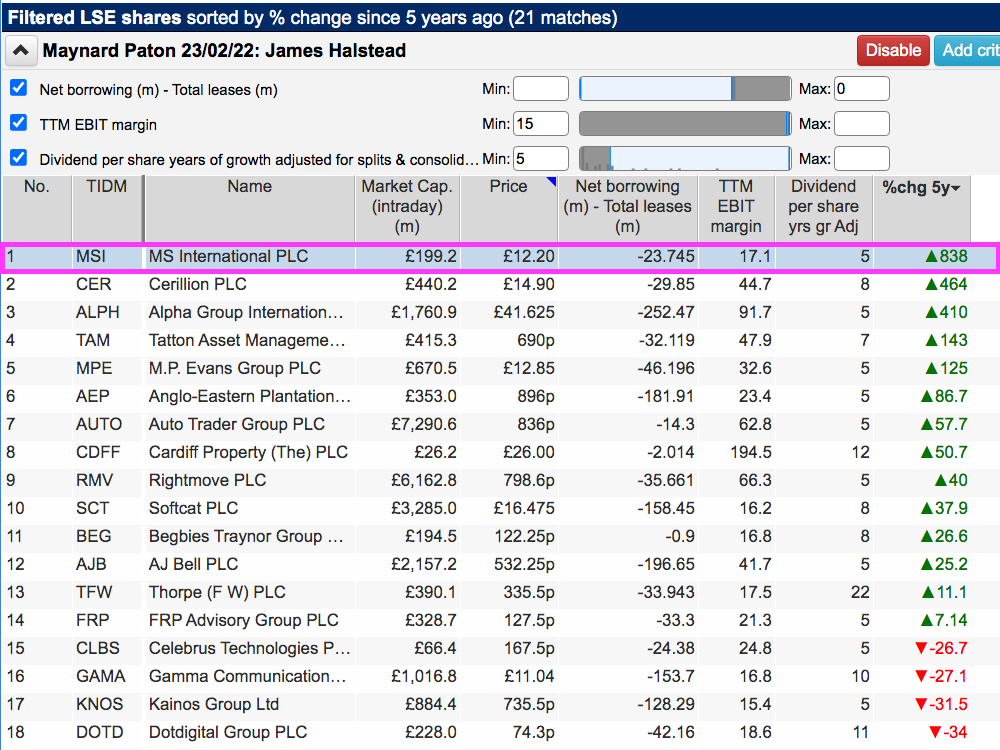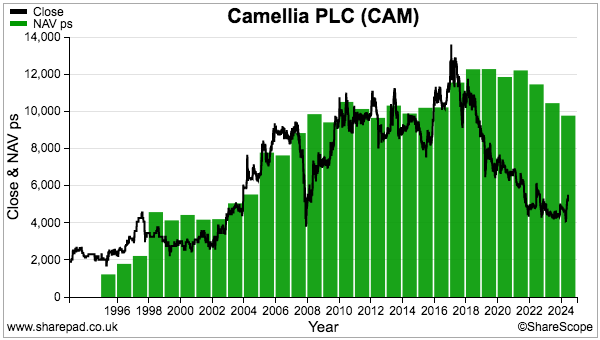***ShareScope New Subscriber Special Offer***
Readers of my blog can enjoy a 20% first-year discount! Click here for details >>
23 November 2025
By Maynard Paton
I love activists.
The investors who roll up their sleeves and:
- Buy large stakes in underperforming companies;
- Engage with boardrooms to instigate change, and;
- Are prepared to call general meetings to eject sub-par directors.
In a small-cap market awash with tame fund managers, indifferent chief execs and docile chairmen, it seems only those stock-pickers willing to kick up a real fuss are currently able to generate excellent returns from UK smaller companies.
One of this year’s most high-profile activist campaigns was led by Science Group and centred on Ricardo.
Science started buying Ricardo shares during February and by April had invested £32m for a 20% stake. A series of acrimonious RNSs culminated with Science requisitioning a general meeting to oust Ricardo’s chairman and trigger a recovery:
“Following poor operating performance and ineffective governance at Ricardo, resulting in a significant destruction of shareholder value, on 30 April 2025 Science Group requested the Ricardo Board to requisition a general meeting (“General Meeting”) for Ricardo shareholders to consider a single resolution to remove Mr Mark Clare as a director of the Company and Chairman of the Board.
In effect, the General Meeting is a vote of no-confidence in the leadership of the Ricardo Board and to initiate change to enable a positive, shareholder-aligned recovery to benefit all Ricardo shareholders, large and small. The date has now been set for 18 June 2025 and a shareholder circular has been posted by Ricardo.”
The general meeting did not take place because Ricardo agreed to a bid just a week before. The investment outcome for Science was very impressive:
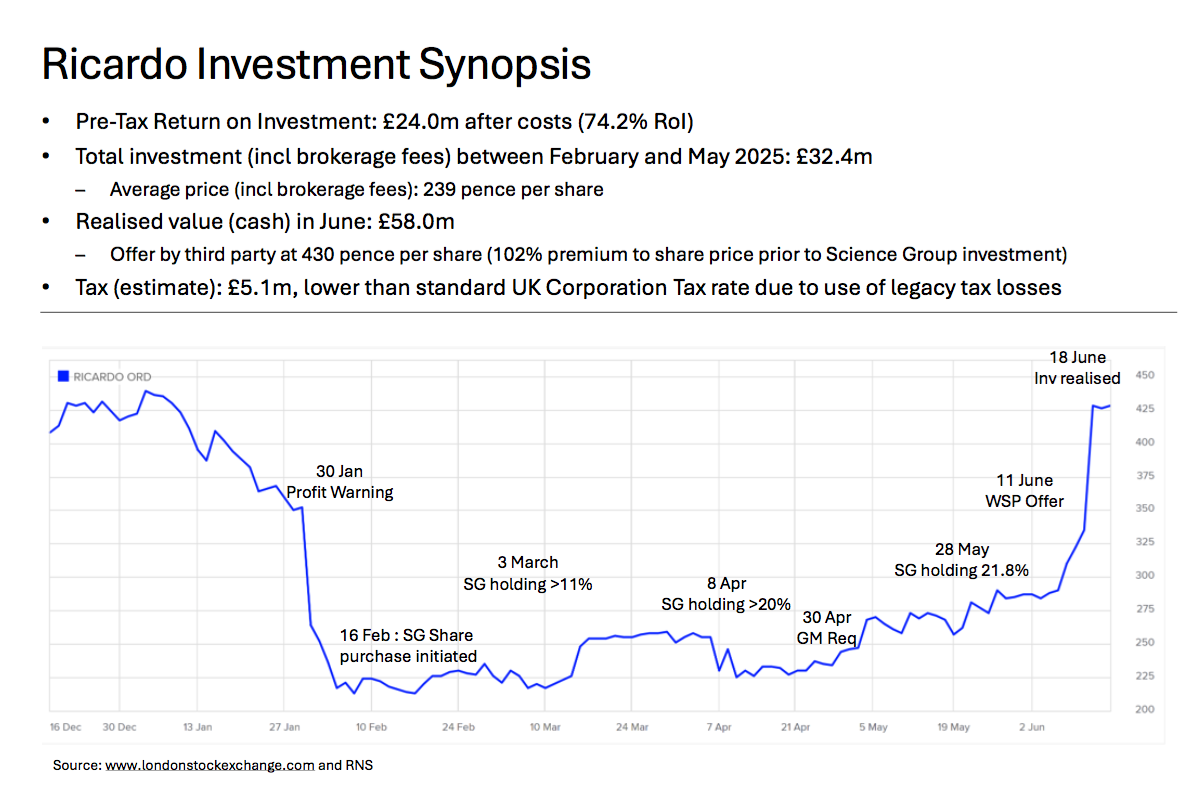
Science’s £32 million investment led to a £24 million pre-tax profit within five months. Not a bad return for a business now capitalised at £240 million at 545p a share:
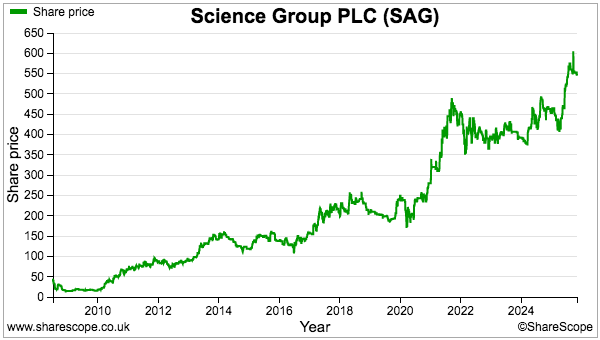
Prior to Ricardo, Science had undertaken activist positions at two other quoted companies that necessitated RNS ding-dongs and general-meeting requisitions before the targets eventually relented.
Let’s take a closer look.
Read my full SCIENCE GROUP article for ShareScope >>Maynard Paton
